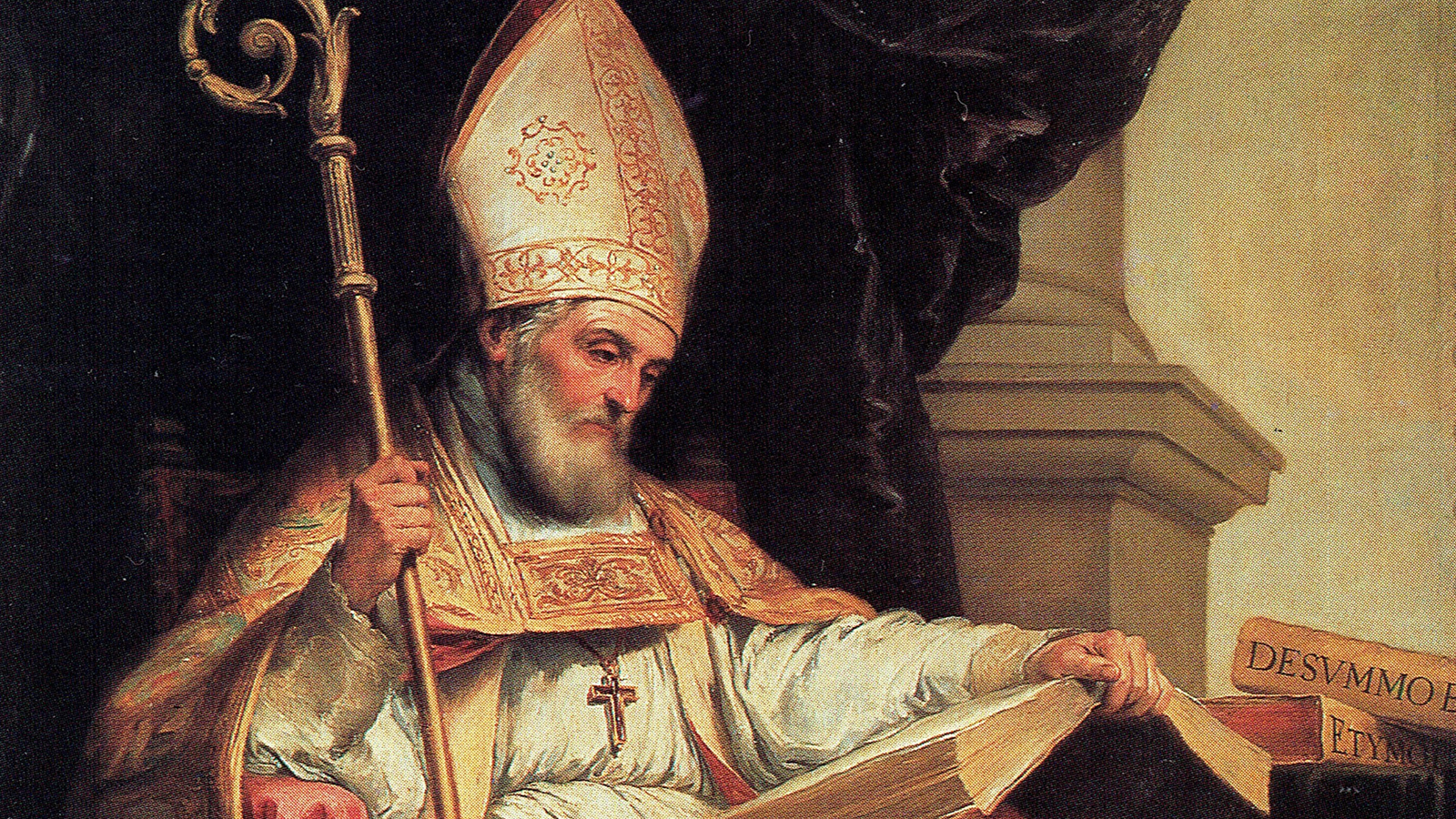
TOPICS:
Saint Isidore of Seville
Jul 02, 2015 / Written by: America Needs Fatima
Feast April 4
Isidore’s father was probably of Roman origin. From Cartagena in Spain, he was connected to the Visigothic kings. Isidore’s much older brother was St. Leander, Bishop of Seville. Another brother, St. Fulgentium, was also a bishop, and his sister, St. Florentina, was the abbess of many convents.
It is probable that upon the death of his older brother, Isidore succeeded Leander in the diocese of Seville.

During the thirty-seven years of Isidore's episcopate, which spanned the reign of six kings, he completed the work begun by his brother of converting the Visigoths from Arianism to Catholicism.
Considered the most learned man of his age, and the greatest teacher in Spain, Isidore established the foundations for Spain’s educational system. This included a seminary or cathedral school in every diocese, with a curriculum that encompassed not only theology and philosophy but every known branch of knowledge: law, liberal arts, medicine, Hebrew and Greek. Isidore was also a prodigious writer.
As he felt his end drawing near, in the company of two bishops he visited a church where he had one bishop cover him with sackcloth and the other pour ashes on his head. Raising his hands to heaven, he loudly begged God to forgive his sins.
He then received the last rites, asked those present to pray for him, forgave his debtors, exhorted all to charity and distributed the rest of his possessions to the poor.
Returning home he died peacefully shortly after. St. Isidore of Seville was declared a Doctor of the Church in 1722.
